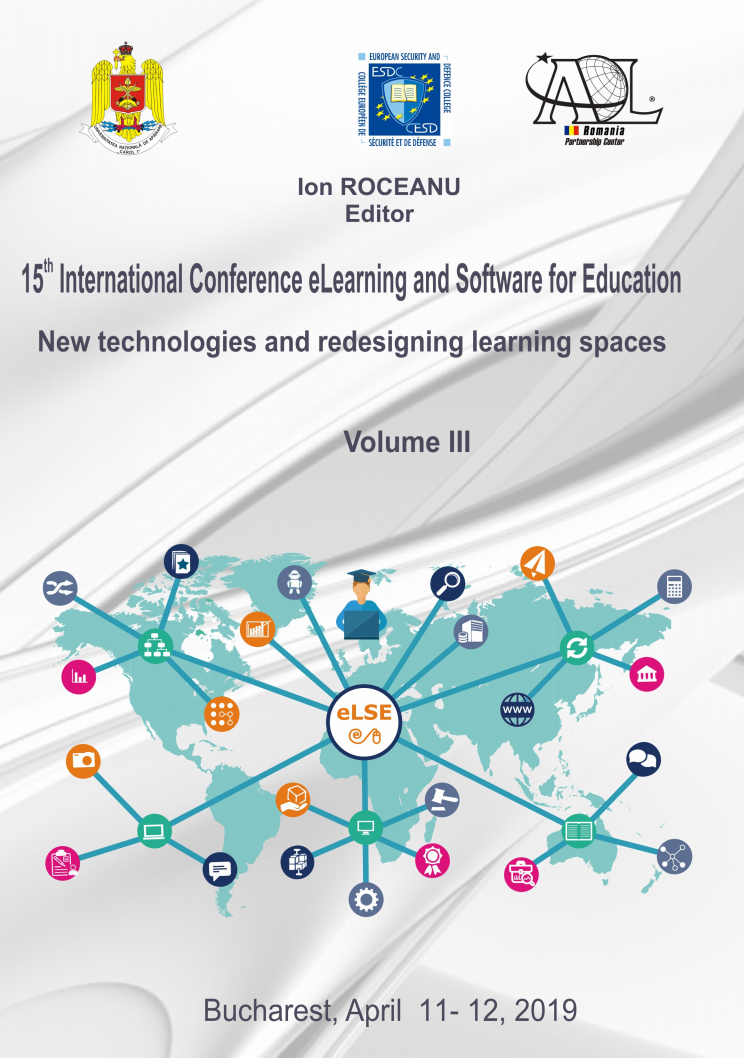Assisted Movement Training System for Conventional Therapy Techniques Rehabilitation
Assisted Movement Training System for Conventional Therapy Techniques Rehabilitation
Author(s): Robert Fuior, Doru Andriţoi, Cătălina Luca, Daniela MateiSubject(s): Social Sciences, Education, Higher Education
Published by: Carol I National Defence University Publishing House
Keywords: microcontroller; Arduino Studio programming; GUI; recovery; stroke sensors;
Summary/Abstract: Post-stroke rehabilitation is important for them to regain back the mobility and fitness to do the things they did previously. Post-stroke rehabilitation process may include physical activity which requires extensive exercise plus patient’s self motivation to complete the process. Recent studies have shown that intensive and repetitive training may be able to modify neuronal organization and facilitate the recovery of functional motor skills using a motricity recovery platform. The most important cause of long-term morbidity and disability in Europe is stroke, according to the European Stroke Association (ESO); not less than 40% of patients need active rehabilitation. From the perspective of modern stroke management, patients should be transferred as soon as possible to their home, monitored daily and stimulated in a multidisciplinary and motivational atmosphere. The aim of this project is to develop and implement a complex system of medical rehabilitation of patients using a system with different sensors placed on a platform for the recovery of fingers after a stroke. The developed platform is based on 5 weight sensors distributed each for one finger with an amplifier and an analogue-to-digital converter located at each sensor. These sensors will measure the degree of flexion/flexion of your fingers. So that a sufficient number of values and good accuracy can be determined to assess the subject's affection. The higher the sensor's sensitivity will change its electrical resistivity. The recorded signals will be sent to the AVR central unit (Arduino Studio), which will monitor the values obtained. We will return the data in a GUI to the computer via the Bluetooth connection on each individual sensor. This will monitor the patient's progress after each session.
Journal: Conference proceedings of »eLearning and Software for Education« (eLSE)
- Issue Year: 15/2019
- Issue No: 03
- Page Range: 293-298
- Page Count: 6
- Language: English

